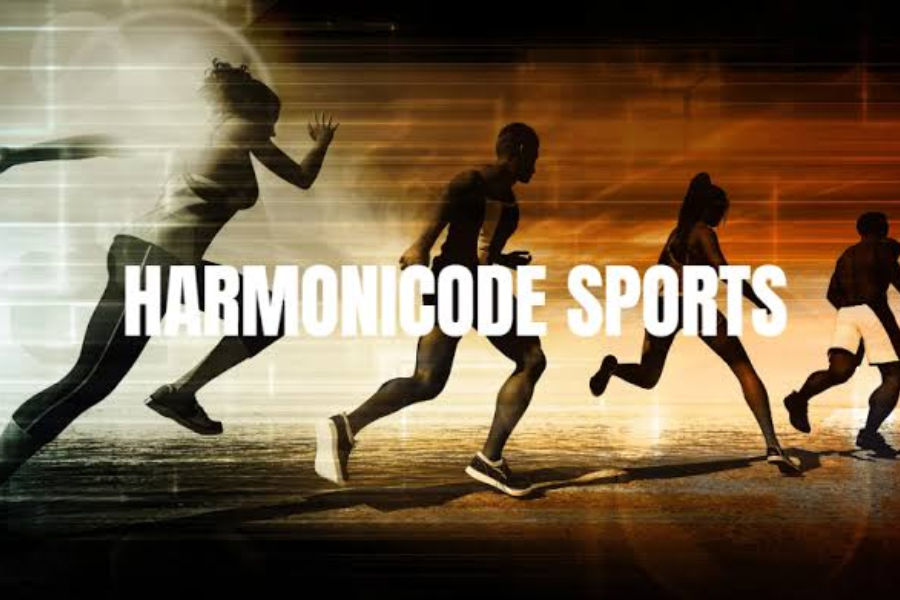The intersection of sports and technology has always sparked remarkable innovations, especially in enhancing performance, refining training techniques, and preventing injuries. A groundbreaking concept that is currently gaining attention is sports harmonicode, a system designed to optimize athletic efficiency through a deep understanding of movement mechanics. In this article, we explore what sports harmonicode is, the science behind it, and how it is reshaping training regimens for athletes worldwide.
Understanding Sports Harmonicode
The term “sports harmonicode” may sound complex, but it is based on a simple yet powerful concept: optimizing movement through an athlete’s natural resonance patterns. By examining how an athlete moves and identifying their unique harmonic signature, sports harmonicode fine-tunes those movements, ensuring higher performance levels and minimizing the risk of injury. This process relies heavily on biomechanics, the study of movement mechanics in the human body, and its goal is to make athletic movements more fluid and efficient.
The Biomechanics Behind Harmonicode
At the heart of sports harmonicode is biomechanics, a field dedicated to understanding the mechanical forces involved in human motion. Every individual, especially athletes, has a distinct set of movement patterns. These movements, when analyzed, reveal specific harmonics or resonances. Some of these harmonics contribute positively to performance, while others can hinder it.
By identifying beneficial harmonics and addressing harmful ones, coaches can craft training routines that enhance the positive patterns while mitigating the negative ones. This personalized approach results in more efficient movement, reduced physical strain, and a significantly lower risk of injury.
Incorporating Harmonicode in Athletic Training
The application of sports harmonicode in training involves several key steps:
- Movement Analysis: Advanced technologies, such as motion capture and wearable sensors, track an athlete’s movements to analyze their harmonic patterns. This data helps coaches understand how the athlete moves and where adjustments might be needed.
- Tailored Training Programs: Based on the movement analysis, coaches develop highly personalized training plans. These programs focus on enhancing specific harmonic patterns that will improve performance.
- Injury Prevention: Sports harmonicode plays a crucial role in preventing injuries. By detecting movements that put excess stress on the body, trainers can adjust training techniques and posture, addressing issues before they lead to injuries.
- Boosting Performance: By optimizing an athlete’s movement patterns, sports harmonicode helps improve metrics like speed, agility, and overall athletic ability. The efficiency gained from this refined movement can be the edge athletes need to surpass their competition.
Key Benefits of Sports Harmonicode
- Improved Efficiency: Athletes can move more fluidly by aligning their movements with their natural harmonic patterns, conserving energy and increasing stamina.
- Injury Prevention: A deep understanding of an athlete’s movement patterns allows coaches to reduce the likelihood of injuries, keeping athletes performing at their best for longer.
- Personalized Training Plans: Unlike traditional one-size-fits-all approaches, sports harmonicode designs unique training regimens for each athlete, based on their individual biomechanics.
- Sustained Development: Beyond immediate performance improvements, sports harmonicode ensures long-term athletic development, focusing on injury-free training and career longevity.
Real-Life Applications of Sports Harmonicode
While sports harmonicode is an emerging field, its principles have already been successfully applied across various sports, providing athletes with substantial improvements. Here are a few real-world examples:
- Track and Field: Sprinters have utilized harmonicode to perfect their running form, which has led to quicker times and a reduction in common injuries like hamstring strains.
- Swimming: Swimmers have refined their strokes by understanding the harmonic patterns in their movements, reducing drag and enhancing speed.
- Soccer: Soccer players have optimized their kicking techniques through harmonicode principles, leading to better accuracy, power, and reduced risk of injury, particularly to the groin area.
Conclusion
Sports harmonicode represents a paradigm shift in how athletes approach training and performance enhancement. By understanding the biomechanical principles that govern human movement, athletes and coaches can work together to achieve higher levels of efficiency, minimize injury risk, and maximize performance. Whether you’re an elite athlete or simply striving to improve your skills, sports harmonicode may hold the key to unlocking your true potential.
Frequently Asked Questions
Q: Is sports harmonicode only for professional athletes?
A: No, sports harmonicode benefits athletes of all levels. While it is widely used by professionals, anyone looking to improve their movement efficiency and reduce injury risk can gain from its principles.
Q: How does sports harmonicode differ from traditional training methods?
A: Traditional methods often focus on general exercises, while sports harmonicode is tailored to the individual, optimizing their unique movement patterns for greater efficiency and performance.
Q: Can sports harmonicode aid in injury recovery?
A: Yes, by identifying the causes of injuries through movement analysis, sports harmonicode can help in rehabilitation and reduce the chance of future injuries.
Q: Do athletes need special equipment to use sports harmonicode?
A: While tools like motion capture systems enhance the analysis, many of the principles can be applied through careful observation and customized exercises.
Q: How soon can results be seen with sports harmonicode?
A: Results vary, but athletes often notice improvements in movement efficiency and performance within weeks of incorporating harmonicode principles into their training.
Q: Is there scientific evidence supporting sports harmonicode?
A: Yes, the foundational principles of sports harmonicode are rooted in established biomechanics and resonance theories, providing a scientifically supported framework for performance enhancement.
Stay ahead with insightful articles and the latest trends at articleforward.
